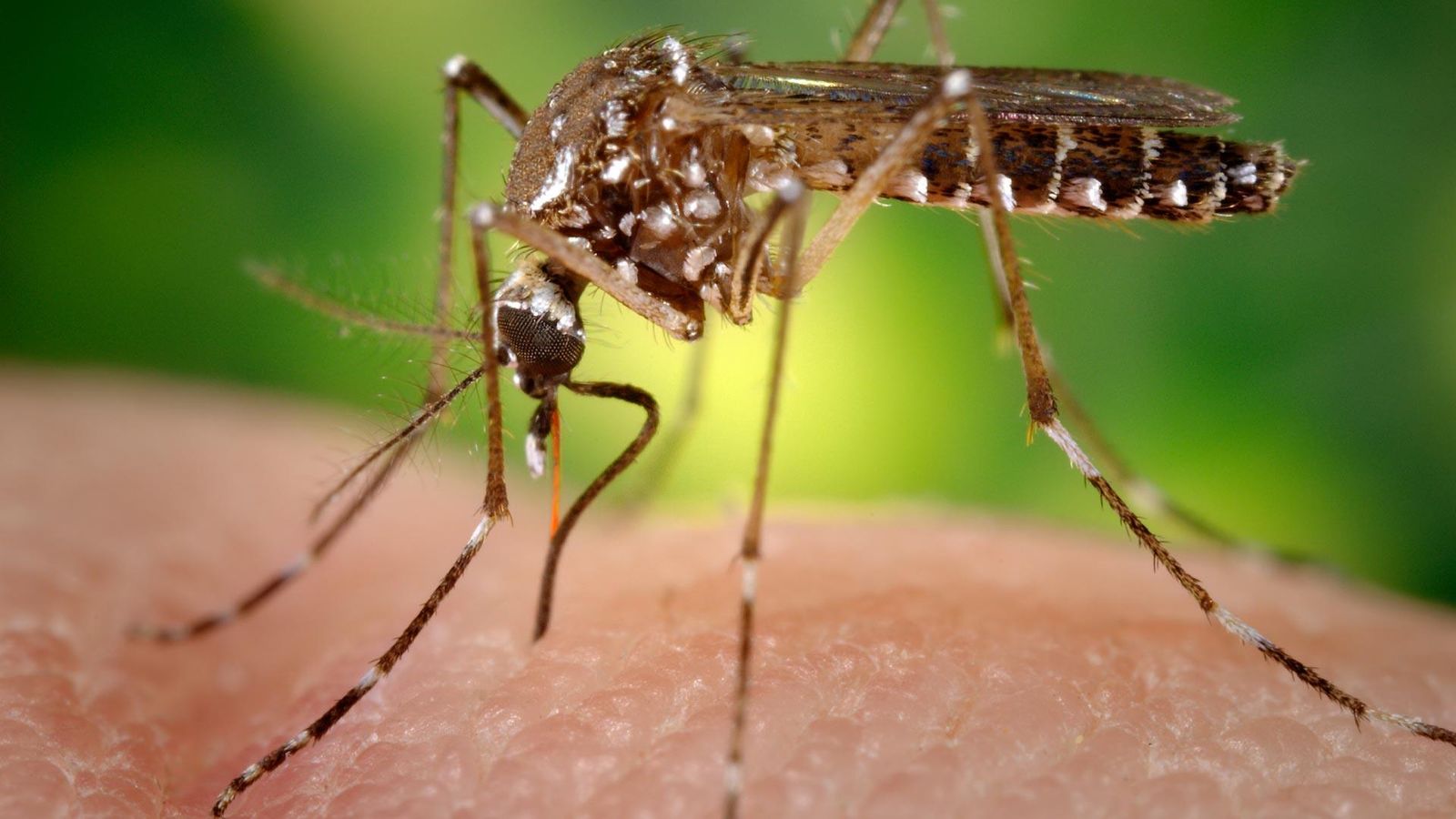
Did You Know?
400 million
Estimated number of people who get dengue each year. 100 million show symptoms.1
40,000
Number of people who die from severe dengue each year.1
100+ countries
Dengue is endemic in more than 100 countries worldwide.2

Dengue's spread
Dengue is an outbreak-prone, unpredictable disease with a first infection raising the risks that subsequent infections may become severe.
It's transmitted by mosquitoes, so multiple factors, including urbanization, water storage practices and vector control measures can impact the risk for dengue-endemic communities.3

Protecting people at risk
In 2015, we introduced the first dengue vaccine which is registered in several endemic countries, contributing a medical intervention into the ongoing integrated global public health effort to manage and control the disease.
References
- CDC-Dengue
https://www.cdc.gov/dengue/about/index.html#:~:text=Approximately%20100%20million%20people%20get,multiple%20times%20in%20their%20life Last accessed May 2023 - WHO-Dengue
https://www.who.int/news-room/fact-sheets/detail/dengue-and-severe-dengue#:~:text=Individuals%20who%20are%20infected%20for,persistent%20vomiting Last accessed May 2023 - WHO-Dengue
https://www.who.int/news-room/fact-sheets/detail/dengue-and-severe-dengue Last accessed May 2023
This page last updated: 09-2023